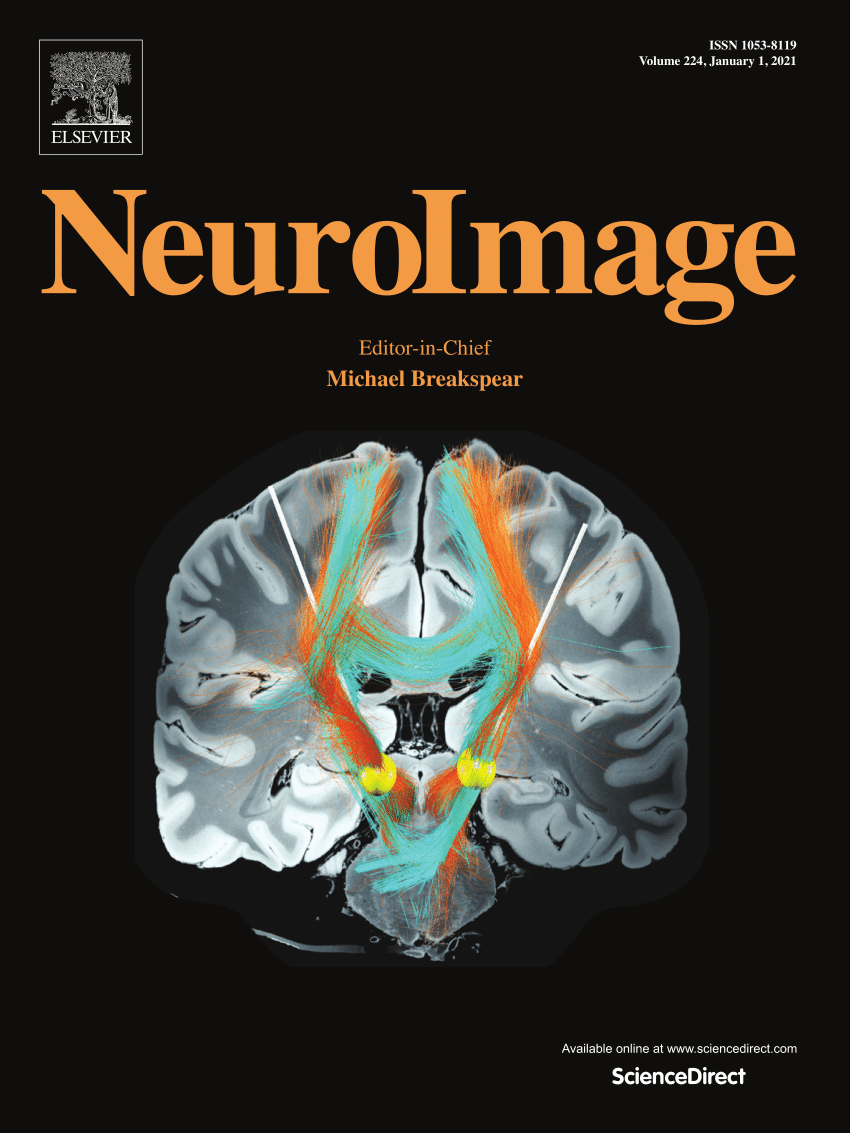用双曲线少许对比学习法区分非典型帕金森综合症
IF 4.7
2区 医学
Q1 NEUROIMAGING
引用次数: 0
摘要
在不同类别的非典型帕金森综合征(APS)的感度加权图像中观察到了铁积累模式的差异。深度学习方法在自动检测这些差异方面显示出巨大的潜力。然而,这些模型通常需要大量标注的训练数据集,成本高昂,且存在患者隐私风险。为了解决训练数据集有限的问题,我们提出了一种新颖的少量学习框架,利用较少的数据项对 APS 类别中的多系统萎缩性帕金森病(MSA-P)和进行性核上性麻痹(PSP)进行分类。我们的方法可识别目标分类(MSA-P 与 PSP)以外的类别中出现铁积累模式的特征区域,并利用卓越的双曲空间嵌入技术提高稳定性。实验结果表明,与传统方法相比,我们的方法大大提高了性能,消融研究和可视化效果也验证了这一点。本文章由计算机程序翻译,如有差异,请以英文原文为准。
Differentiating atypical parkinsonian syndromes with hyperbolic few-shot contrastive learning
Differences in iron accumulation patterns have been observed in susceptibility-weighted images across different classes of atypical parkinsonian syndromes (APS). Deep learning methods have shown great potential in automatically detecting these differences. However, the models typically require extensively labeled training datasets, which are costly and pose patient privacy risks. To address the issue of limited training datasets, we propose a novel few-shot learning framework for classifying multiple system atrophy parkinsonian (MSA-P) and progressive supranuclear palsy (PSP) within the APS category using fewer data items. Our method identifies feature areas where iron accumulation patterns occur in classes other than the target classification (MSA-P vs. PSP) and enhances stability by leveraging a superior hyperbolic space embedding technique. Experimental results demonstrate significantly improved performance over conventional methods, as validated by ablation studies and visualizations.
求助全文
通过发布文献求助,成功后即可免费获取论文全文。
去求助
来源期刊

NeuroImage
医学-核医学
CiteScore
11.30
自引率
10.50%
发文量
809
审稿时长
63 days
期刊介绍:
NeuroImage, a Journal of Brain Function provides a vehicle for communicating important advances in acquiring, analyzing, and modelling neuroimaging data and in applying these techniques to the study of structure-function and brain-behavior relationships. Though the emphasis is on the macroscopic level of human brain organization, meso-and microscopic neuroimaging across all species will be considered if informative for understanding the aforementioned relationships.
 求助内容:
求助内容: 应助结果提醒方式:
应助结果提醒方式:


